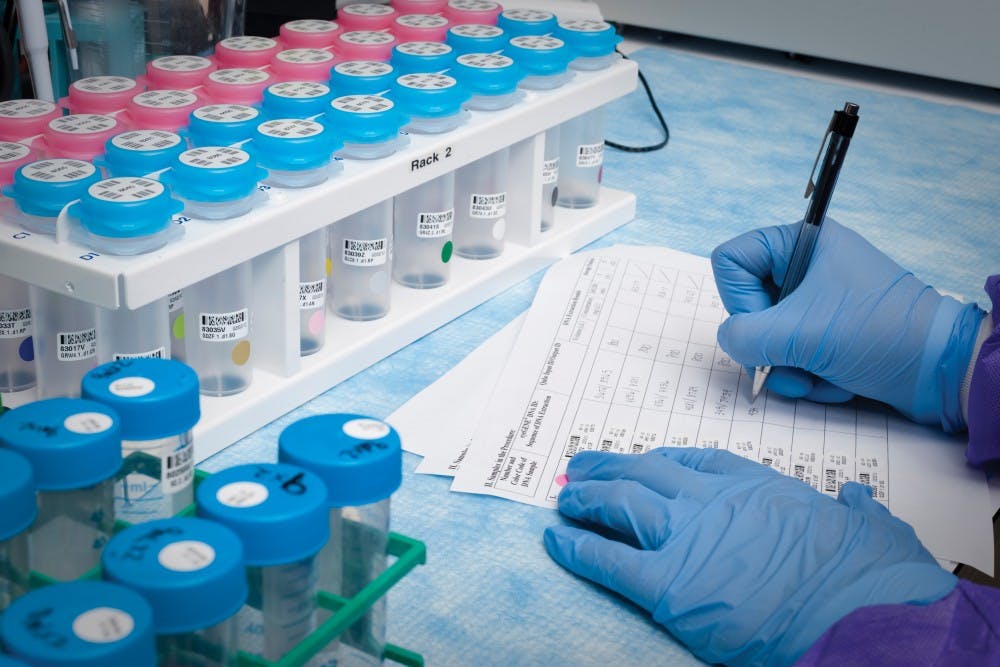
National Eye Institute / CC 2.0
The first March for Science was held last Saturday, April 22nd in more than 600 satellite communities worldwide.
This past weekend, scientists and science enthusiasts took to the streets of Philadelphia.
They joined more than 600 satellite communities worldwide for the first ever March for Science, held last Saturday, April 22.
The Philadelphia branch of the march began at 11 a.m. at City Hall as thousands packed the surrounding area to march from Broad Street to Penn’s Landing to advocate for the federal funding of science and the use of scientific evidence in policy making and to defend science from recent attacks, including Trump’s proposed budget cuts.
Janice Rael, the organizer of the Philadelphia march, said to CBS Philly, “[W]e find ourselves in a time where facts are optional and the Philadelphia March For Science is a big way to show our elected officials and others that we value science and have no intention of starting a new Dark Ages.”
Upon reaching their destination of the Great Plaza at Penn’s Landing, protestors were greeted by local bands such as The Really Cooks and speeches from high-profile members of the scientific community including two speakers associated with Penn: Paul Offit, director of the Vaccine Education Center at the Children’s Hospital of Pennsylvania, and Ishmail Abdus-Saboor, a postdoctoral fellow in the Department of Neuroscience.
The same day that protestors called out the Trump administration, the president released an Earth Day statement supporting scientific advancement, but later released a somewhat contradictory tweet.
“I am committed to keeping our air and water clean but always remember that economic growth enhances environmental protection,” he wrote.
According of the March for Science Philadelphia website, Philadelphia supports more than 530,000 jobs in STEM fields as well as universities that award roughly 37,000 STEM degrees.
The protest was sponsored by the Freethought Society, the University City Science Center and the Delaware Valley Chapter of Americans United for Separation of Church and State.
Although the event was described as nonpartisan by the organizers, it was declared partially in response to actions by the Trump administration concerning the scientific community.
One of the most well-known speakers at the Washington D.C. march was William Sanford “Bill” Nye, an outspoken science activist. He directly called out the government for its recent attitudes toward science.
“Today we have a great many lawmakers, not just here, but around the world, deliberately ignoring and actively surpassing science,” Nye told the crowd in Washington, according to Variety. “Their inclination is misguided, and in no one’s best interest.”
Derrick Pitts, the chief astronomer and director of the Fels Planetarium at the Franklin Institute, was one of the featured keynote speakers at the event. He encouraged people to think about science in a broader context.
“We all need to get on board with the idea that science is what it is,” he said to CBS Local. “We humans can interpret it any way we want to, but we have to use the data to create a better value of life for everybody.”
The Daily Pennsylvanian is an independent, student-run newspaper. Please consider making a donation to support the coverage that shapes the University. Your generosity ensures a future of strong journalism at Penn.
Donate







